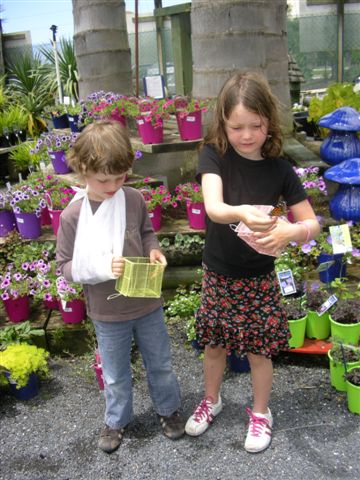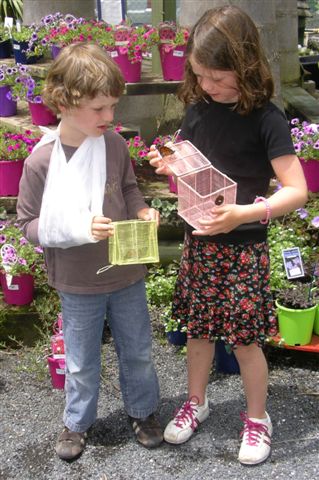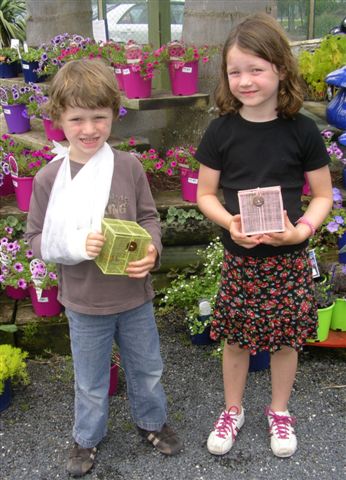It’s really interesting driving a taxi. Well, it’s not a taxi, really. It’s a shuttle.
What’s the difference?
Don’t ask me… in all the paperwork, exams and other rigmarole that one goes through to run a taxi service, nowhere did I find a definition for a taxi and shuttle!
It was explained to me, however, that a shuttle has a prescribed list of fares to and from specific destinations, and there is no requirement for a sign or a meter. And, by law, it’s necessary to carry a list of the fares on the front of the shuttle, and signage on the doors.
Some passengers are horrified by the prices, comparing them to Auckland prices.
I was called out one night to the wharf, to take two people to Okiato. When they heard the fare, they refused. They told me how much the cab fare was from Paihia to Opua, where they had left their craft, and decided they’d go back the way they came – by passenger ferry to Paihia, and then by cab to Opua.
Of course when you add it all up, it would have been quicker and cheaper to ride with me, but they didn’t understand.
Visitors to Russell often complain about the prices here.
A backpacker moaned about the high cost of using the internet downtown, comparing the prices to Auckland prices. Yes, but… Auckland internet cafes are huge, 50 to 100 computers, and their patronage isn’t seasonal. There are sometimes queues at Enterprise Russell in the summer, but you could get through with one or two computers midwinter.
Tourists don’t realise how hard it is to stay alive during the winter months, so you can still be in business the following summer. In fact, one fare raved on and on about next time they came back they’d fill every crevice in their suitcase with books, office supplies and pharmaceuticals, so they didn’t have to buy them here.
I tried to explain what a valuable service our chemist and our bookshop provided. And if they did that, they were doing these local retailers a disservice. Can you imagine life in Russell without the pharmacy, or if Averil wasn’t here to brighten our days?
Some people just don’t understand. Perhaps rather than telling us how to fix things, they should think about the consequences of their actions.
One of the best bits of advice I was ever given, when I bought a home, was not to change anything for a year, when I’d lived in it in all seasons. I’m so glad I took that advice – by the time twelve months was up, I’d changed my original plans quite dramatically. I understood what it was like living in the place throughout the year, got to know the views and the wind and the rain that came at different times of the year. I’d learned where the impact from neighbourhood noise and traffic would come from at different times.
Over the years I’ve seen other people fall into this trap. People come to Russell, fall in love with the place, its history, the green spaces, the ‘quaintness’. Then they go about changing it, before they really understand what makes Russell special.
It’s little things like a babbling brook that gets put into an underground pipe. The birds that used to come there for water now go elsewhere. It’s not the same any more. Yes, these may be little things, but they all add up to uncontrolled change. We need to think about change and how we can make it less intrusive, before we put our plan into action.
My little shuttle service may not be historic, but I try to make it a pleasant experience, for locals and visitors alike.
Which reminds me of a funny story I heard this summer.
Dave was one of the policemen who assisted Colwyn this summer, and he pulled over a car which was being driven without a rear light.
Turned out the driver was a tourist. When he was told about the missing rear light, he leapt out the door, ran to the back of the vehicle and groaned. His wife also jumped out and came back, berating her partner.
Dave quickly explained, the offence wasn’t that serious.
“Isn’t it?†said the driver’s wife. “Where’s the caravan gone, then?â€


